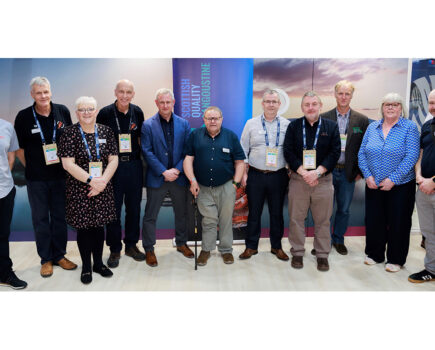Black bream is increasingly important to both gill-netters and rod and line vessels in the Channel, as well as being a popular angling fish – but although catch rates are reported to be rising, little is known about the state of the stock. New research seeks to change that – and feed into the future FMP
By Dr Rebecca Nesbit, University of Plymouth

It is remarkable how little we know about many of the fish species that sustain us. Black bream is a prime example; it has important spawning grounds along the south coast of England, yet there are many unanswered questions about its movement and behaviour.
Commercial landing statistics are not entirely reliable, with many historic landings either unrecorded, or mixed with other species such as red or gilthead bream. Defra has confirmed, however, an intention to develop a specific Fisheries Management Plan (FMP) for black bream by 2025. The species is not included in the wider Channel Demersal Non-Quota Species FMP, which is already under development.
The lack of concrete information means that black bream is classified as a data-poor species. At the University of Plymouth we’re looking to change that through our Angling for Sustainability project, which tracks the movement of individual black bream in Dorset and beyond.
The Angling for Sustainability team is tracking black bream using a technique called acoustic telemetry. This technology was covered earlier this year in an article about tracking pollack.
Individual fish have been fitted with a tag that emits a unique high-frequency ‘ping’. These pings allow tagged fish to be detected by receivers on the seabed. Depending on the conditions at sea, the receivers will pick up signals from any tagged fish that swim within about 300m.
Given how far black bream can travel, a wide network of receivers is needed to learn where they go. The Angling for Sustainability project manages 55 receivers around Dorset, the Solent and the Isle of Wight, with many of them placed close to known black bream nesting areas.
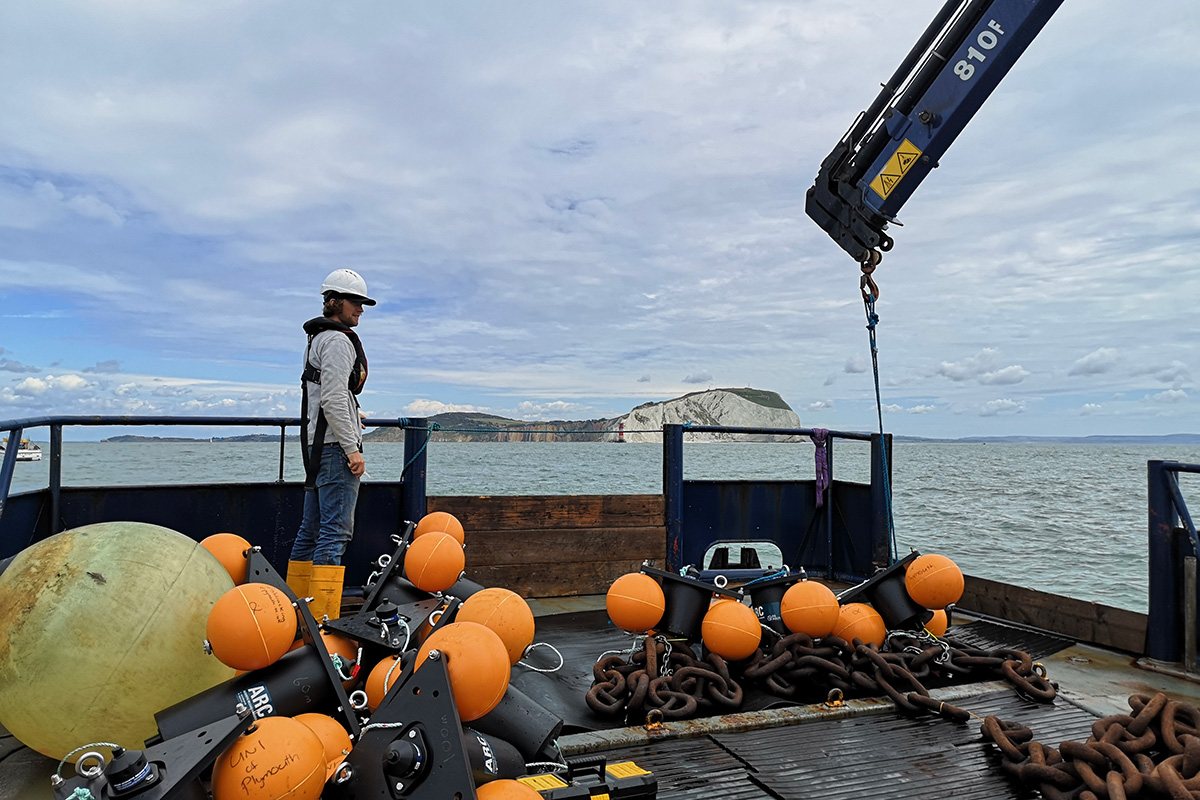
Acoustic receivers ready to deploy on the seabed. Depending on environmental conditions, the receiver will pick up information from tagged bream and pollack swimming as far as 300m away. Any fisherman recovering a receiver is asked to retain it and contact: fishtracking@ plymouth.ac.uk to arrange to have it collected.
These receivers have become part of a network of nearly 200 receivers managed by the University of Plymouth. The network has grown rapidly in the last few years, and now stretches along the south coast of England, from Cornwall to Sussex. We also get sent data from a wider network of receivers deployed by other researchers all around Europe, who let us know if they detect one of our tagged black bream.
The team at the University of Plymouth have been tagging black bream since 2022, and have tagged a total of 240 fish around Sussex and Dorset. The tags are small enough not to affect the fish, but large enough to have a two-year battery life.
We visit each receiver every six months to collect all the data it has been storing. In April, we headed to Dorset and the Isle of Wight to collect data from the receivers, and this has given us new insights into black bream behaviour.
A key question for Angling for Sustainability is where black bream from Dorset and Sussex travel outside the spawning season.
From the very first data we collected, it has quickly become clear that there isn’t a simple answer – different fish are behaving in different ways. Some of the bream tagged in Dorset moved west, and have been detected in Devon and Cornwall. Some moved east, and were redetected on our Sussex receivers.
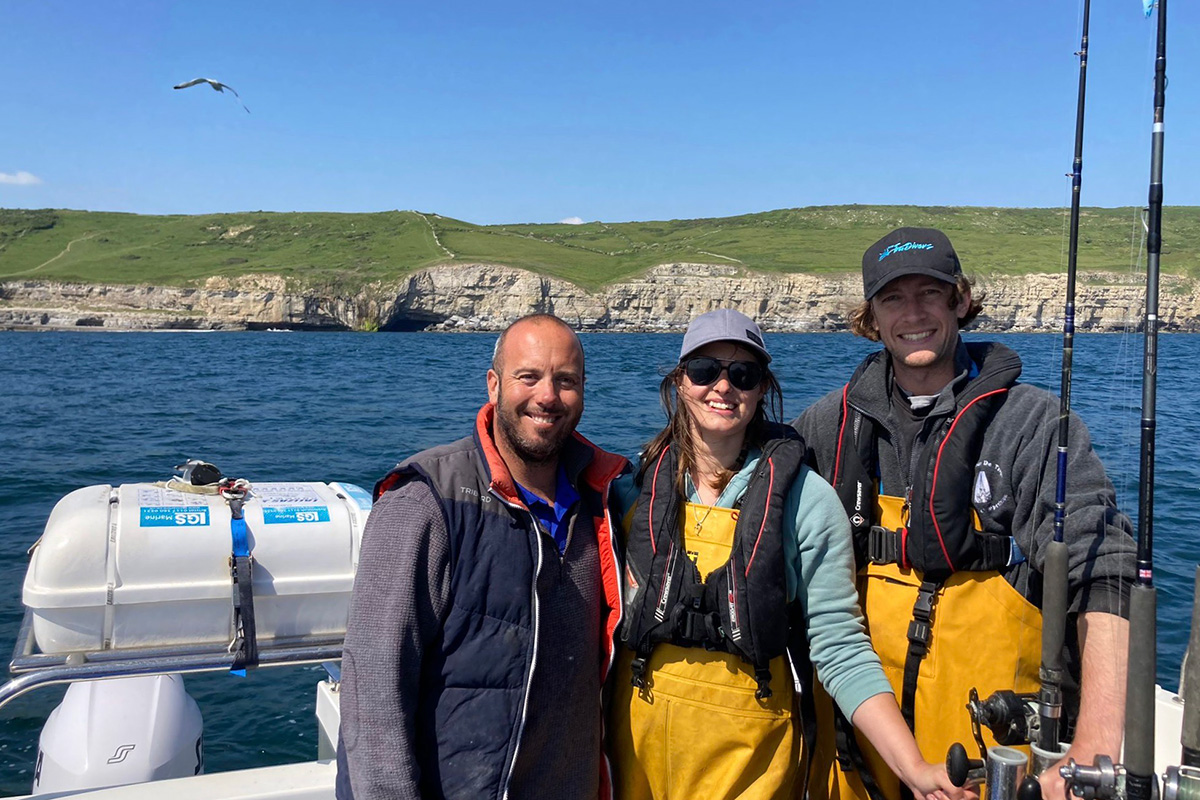
Angling for Sustainability fisheries liaison officer Edgar Moxom from Masterplan Offshore and University of Plymouth postdoctoral researchers Dr Alice Hall and Dr Peter Davies, who all helped with catching and tagging black bream in 2023.
Impressively, some bream tagged in Sussex and Portland even made it to the Channel Islands over the winter. This proves that some black bream are highly migratory and travel hundreds of miles during the winter. It’s also possible that we will receive reports of fish that have travelled further afield when other teams download data from their receivers.
The fish we tagged in Dorset last year are returning to spawn this spring, and we’re particularly keen to see if they return to the nesting grounds they were caught at. We’ve already found that fish tagged in Sussex are loyal to their nesting grounds. Even comparing two nesting sites just 18km apart revealed very little crossover – most fish returned to the same site they were caught at the year before.
This shows a remarkable homing ability. Despite the distances they travel over the winter, black bream can return to within a few hundred metres of where they were caught the year before.
Black bream at their spawning grounds can be vulnerable to disturbance, over-exploitation and habitat degradation during this critical time in their lives. We were therefore particularly keen to find a way to study their behaviour in detail. To do this, we created three close clusters of receivers that show fish movement in fine detail.

The 47km2 Kingsmere Marine Conservation Zone has what is thought to be the highest density of black bream nests in the English Channel. All commercial fishing and angling for bream is banned there during the breeding season, from 1 April to 30 June.
These receivers are placed at well-known spawning grounds along the Dorset and Sussex coast, and are already revealing fascinating insights into the lives of black bream around their nesting sites. The information we have so far reveals distinct patterns of behaviour.
Most black bream initially remained close to the site where they were tagged, staying nearby for an average of about 10 days. During this time, some fish remained almost stationary in a very small area. This could mean they were on a nest. Males clear patches of seabed to create nests where females lay their eggs, and the males will then fertilise the eggs and guard them until they hatch.
Other fish were much more mobile within the small area of the nesting site. This interesting contrast may reflect the different behaviours of males and females, and is something we plan to look into in 2024.
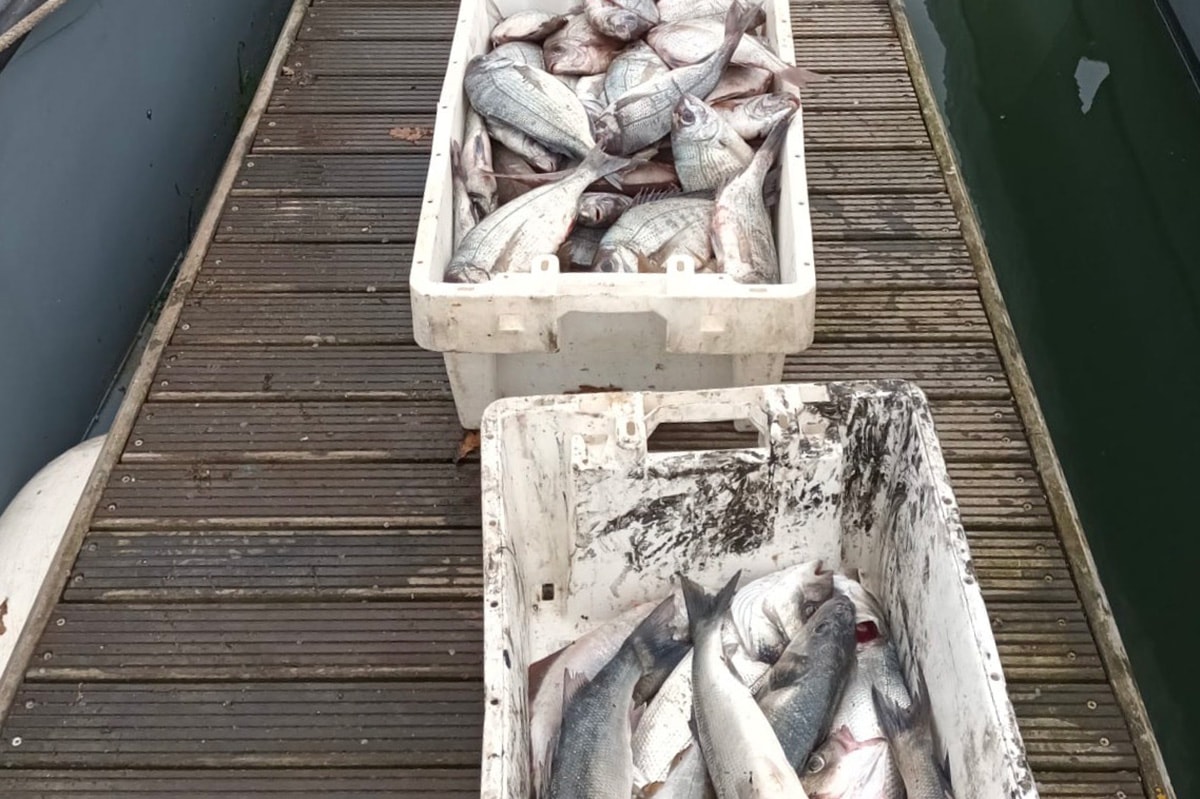
Black bream are a vital part of the mixed netting fishery that sustains many small inshore boats along the English Channel. Prices and demand are good, with fishermen averaging £10/kg for their fish.
The black bream we tagged in Dorset last year are returning to their spawning grounds, so we can now track them over the entire 2024 breeding season. This should reveal how long they spend at nesting sites in Dorset. Our work from 2022 found that tagged black bream stayed at nesting sites in Sussex for an average of just over a month.
We will also be interested to see whether individual black bream return to their spawning grounds at a similar time each year. We don’t know whether fish that spawn early in one year will do the same the year after.
Angling for Sustainability is a research collaboration with no direct responsibility for fisheries management. However, we work with regulators where appropriate, and hope to be able to provide them with the data they need to inform fisheries management decisions.
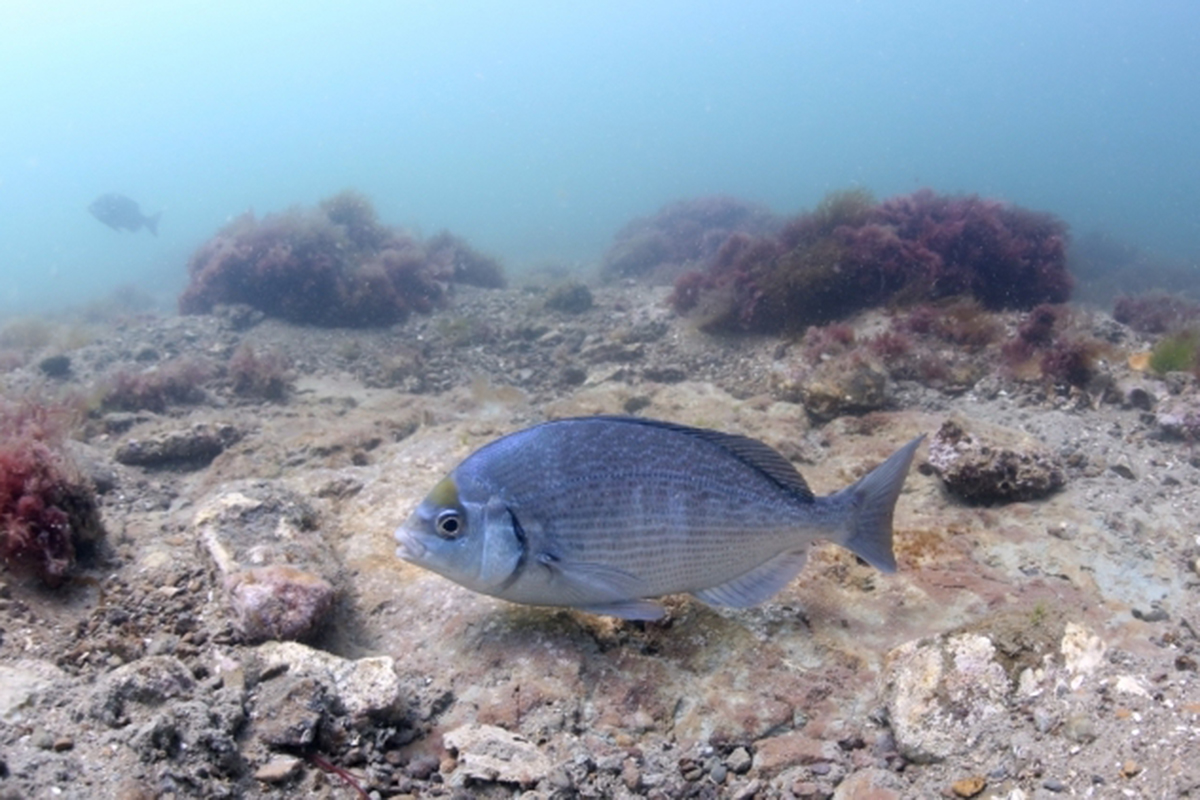
Male bream excavate a small nest and will guard the developing eggs, making them very vulnerable to trawling during this period. (Photo: Matt Dogget)
Both scientists and the fishing community are committed to ensuring that black bream thrive in the future, and it’s vital to ensure any decision-making on management is proportionate, non-discriminatory and robust. Both unsustainable fishing and excessive precautionary management can have severe consequences for the fishing industry and coastal communities. It is therefore important that the best possible evidence is available for decision-making.
It is too soon to say what, if any, measures should be recommended based on our data. Future data we collect will help us to draw more reliable conclusions, and we will be sharing our results when we have more information to report.
‘Vital part of the inshore mix’
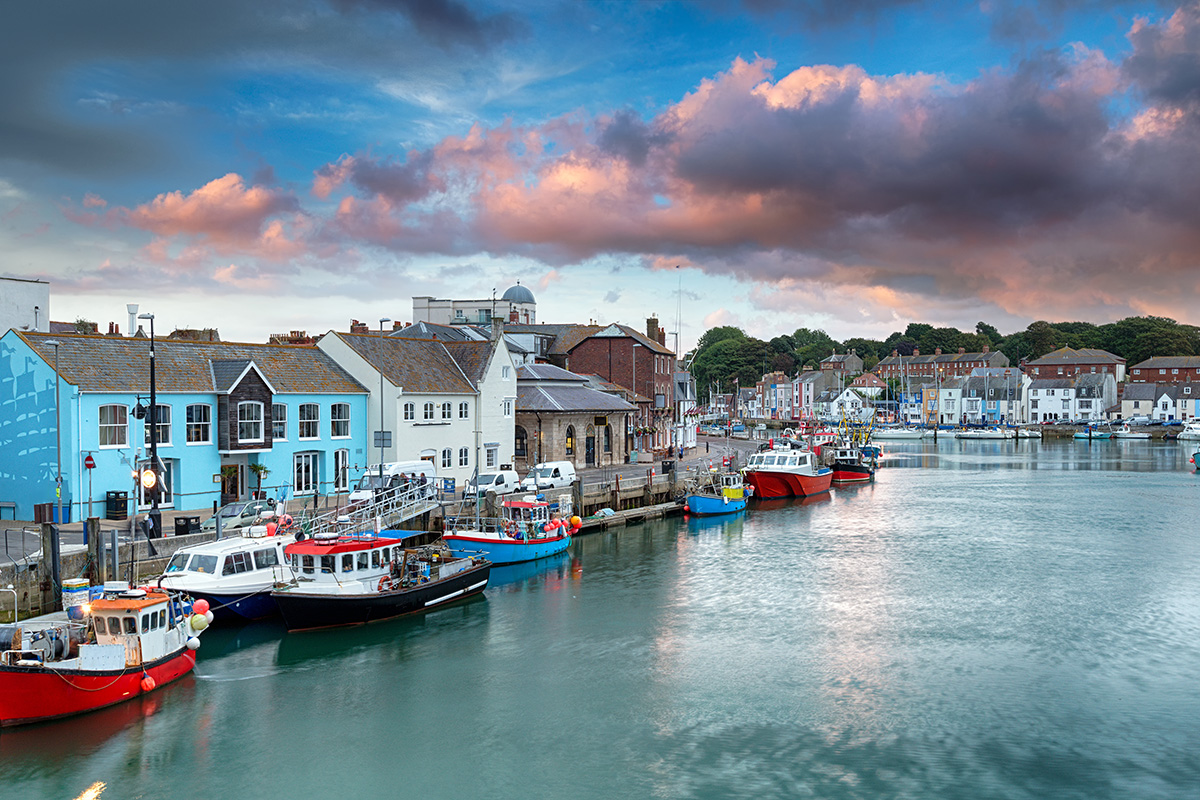
Weymouth harbour in Dorset, where a dozen boats rely on bream for part of their annual income. The same picture can be seen from Jersey and Guernsey all the way to Kent, with vessels making seasonal landings mainly from gill-net and rod and line, which are snapped up eagerly by local restaurants and fishmongers.
With prices averaging £10/kg, a box of black bream can make a real difference to an inshore boat’s day, Weymouth skipper Aaron Quinn told FN. “There are a dozen commercial fishermen here in the port who rely on black bream for part of the year, both netting and rod and line fishing. It’s a great fishery – clean, good demand and prices, and low impact.
“We go midwater netting for them in the winter months, when the water is a bit cloudier, and for all that we are told they like the warmer water, we’ll still catch them then. It will often be part of a mixed fishery, with other species, including the odd red and gilthead bream. Numbers seem good, and the stock seems to be doing OK.
“We’re pleased to see more research on the species, but the skippers along the coast here, not just in Weymouth, are concerned about calls to treat the species as some kind of ‘anglers’ fish’. The rod and line boats will land bream in the summer, to add to the bass and other species they are taking.
“We’re happy to help out in any science work, but need the point made that this is a vital part of our annual fishing income – not just a fish for the angling community.”
Join us for a workshop
We will be hosting workshops in Southsea (4 November, 2024), Lymington (23 January, 2025) and Plymouth (date to be confirmed). If you would like to receive an invitation or be sent updates about the project, please email fishtracking@plymouth.ac.uk
This story was taken from the latest issue of Fishing News. For more up-to-date and in-depth reports on the UK and Irish commercial fishing sector, subscribe to Fishing News here or buy the latest single issue for just £3.30 here.
Sign up to Fishing News’ FREE e-newsletter here.






